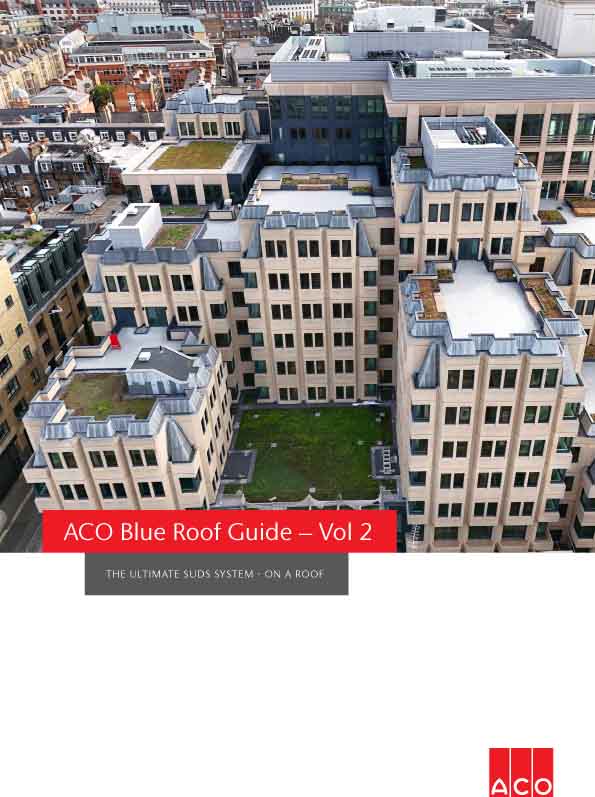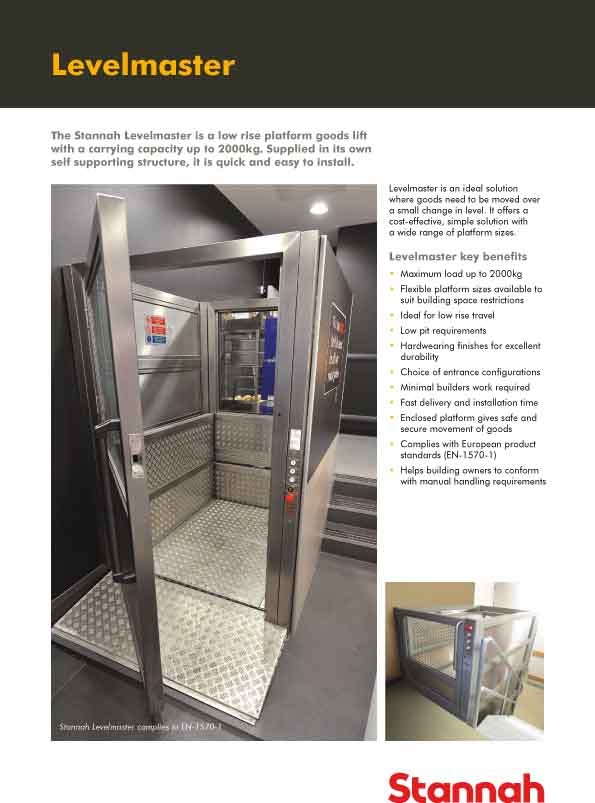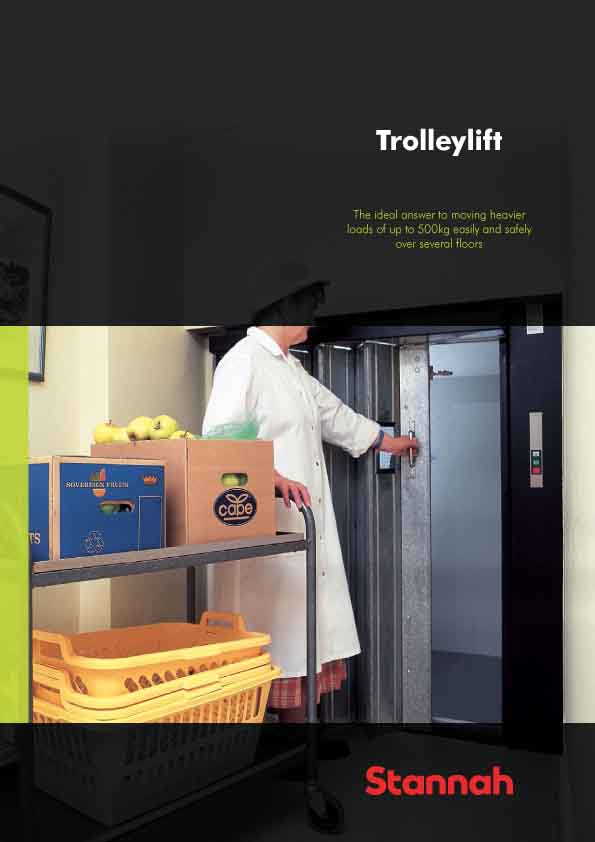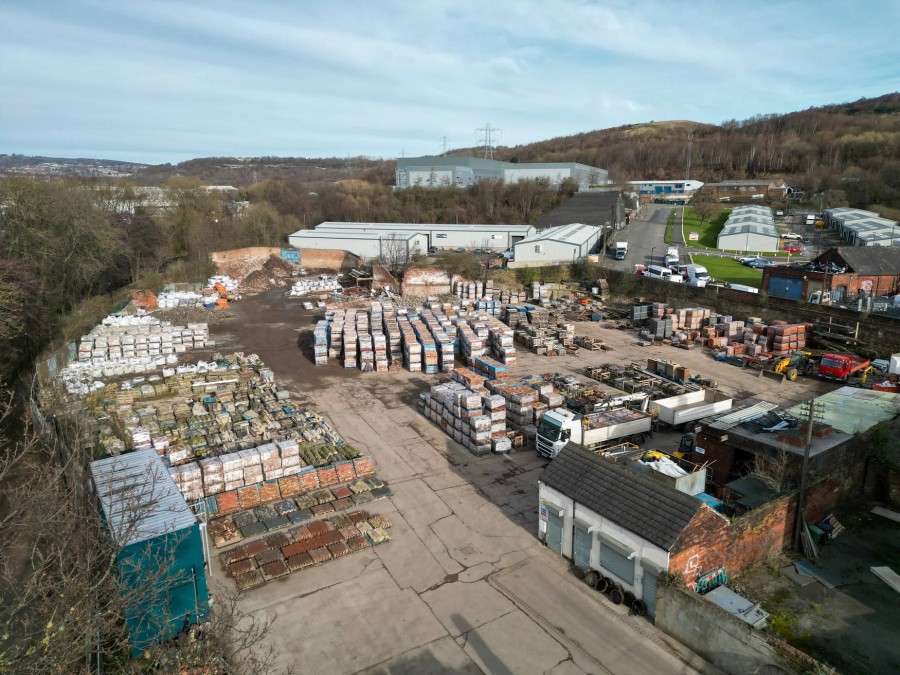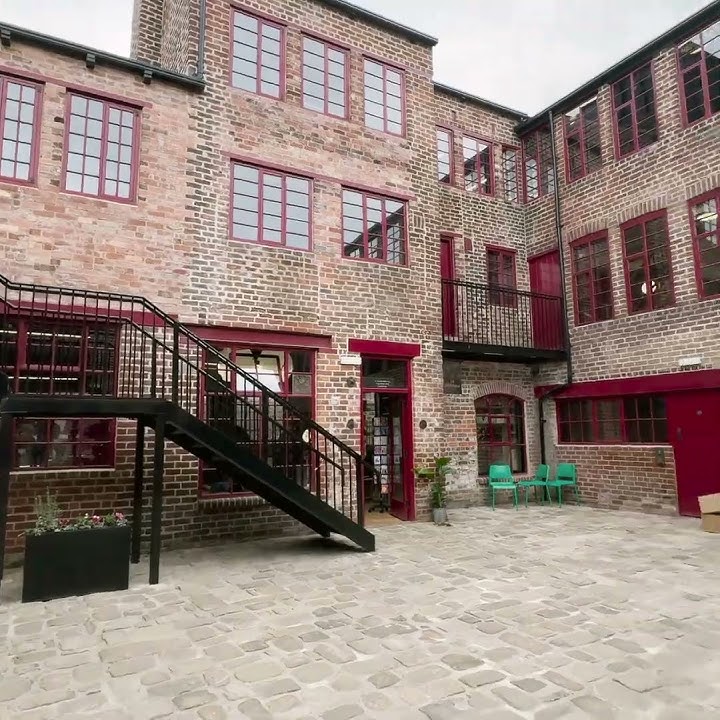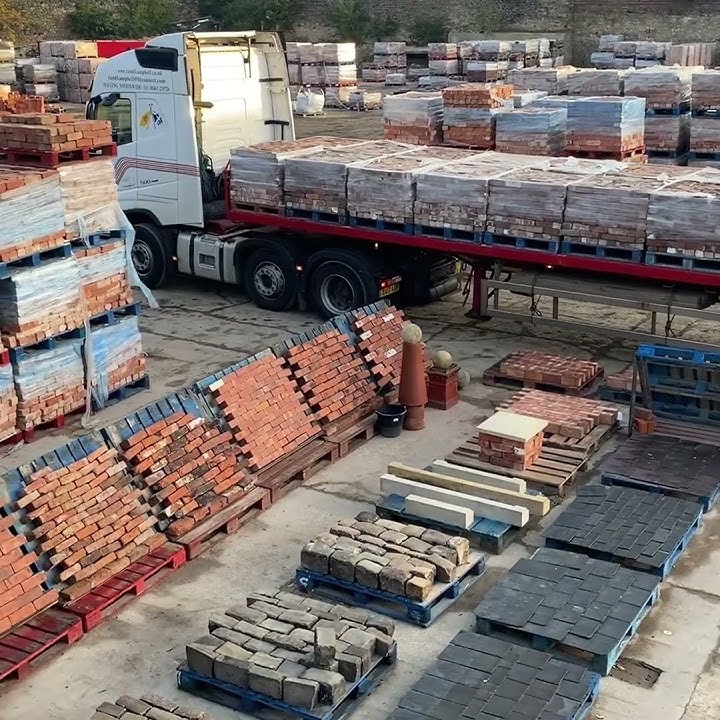The latest new orders data – showing the value and volume of main contractors’ potential future activity – indicated a less optimistic picture in the second quarter of the year than had been apparent at the start of 2025.
The commitment to £10.8 billion of new work across the sector represented a quarterly decline of 8% and an annual drop of 12%.
With the latest ONS data showing only slight growth in construction output in July – the 0.2% increase was more positive than monthly GDP in July, though, which showed no overall movement – there’s little evidence of sustained recovery in the sector, or in the wider economy.
Feedback from consultant and contractor panels reinforces this view, with many highlighting a climate of continued caution and risk aversion across the industry.
For Dr David Crosthwaite, chief economist at BCIS, the combination of stagnant growth and persistent inflation we are experiencing has all the hallmarks of stagflation.
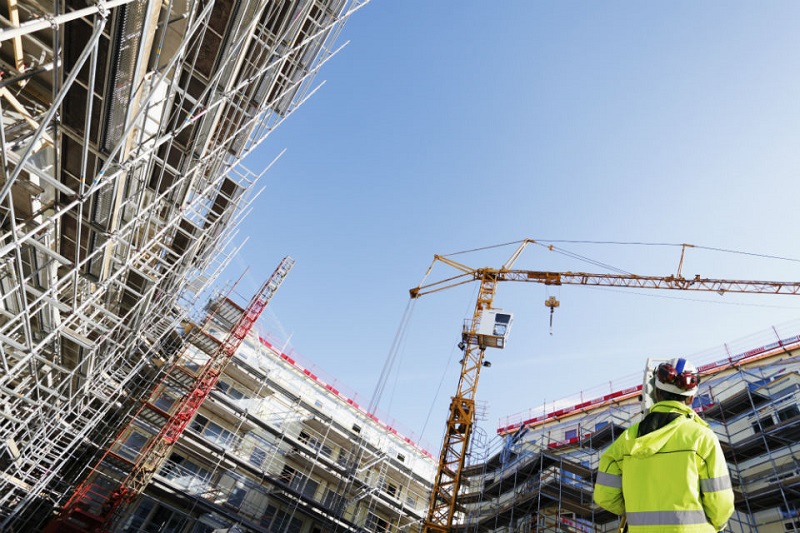
He said: ‘Stagflation creates a particularly difficult economic landscape for firms to navigate as it squeezes construction from both sides; demand is held back by weak growth, while costs remain stubbornly high due to supply-side pressures.’
In a BCIS poll we asked more than 300 construction professionals, predominantly cost consultants and surveyors, about their workload expectations for the next 12 months.
44% of respondents said they expected it to stay the same, while 29% predicted a rise. 17% anticipated a decrease in workload, with 10% unsure.
Dr Crosthwaite said: ‘Compared with previous quarters in which we’ve asked our webinar attendees this question, this was a more muted response. It suggests that firms are waiting for clearer signals from government and the economy before committing to growth strategies.
‘In the wake of numerous government announcements, strategies and fiscal events that have done little to move the dial on construction output in the last year, I’m not convinced the upcoming Autumn Budget is going to hold any transformative answers.’
Input cost expectations
Materials cost inflation has been moderating since peaking in 2022 and annual growth in the BCIS Materials Cost Index was in negative territory from 3Q2023 to 2Q2024. Forecast figures for 3Q2025 show 0.5% annual growth in the index.
When we asked respondents about their expectations for materials costs over the next 12 months, 68% predicted an increase, 17% expected them to stay the same, and only 2% believed they would fall. 13% were uncertain about what lies ahead for material costs.
Labour costs continue to be the major driver of project expenses, and though annual growth in the BCIS Labour Cost Index had eased at the beginning of the year, increases to employers’ National Insurance contributions and the National Living Wage in April fed into a 7.1% annual increase in the index in 2Q2025.
According to our poll, 65% expected labour costs to rise in the next 12 months, while 27% believed costs will stay the same. Only 3% predicted a decrease, while 6% were unsure.
The issue of labour availability continues to be a concern. While government initiatives to boost training and expand technical colleges are welcomed, many professionals see them as a long-term solution. In the near term, there’s arguably little improvement on the horizon.
Indeed, our polled professionals were not convinced there is going to be a marked difference in the workforce in the coming 12 months. When asked about labour availability over the next year, 38% of respondents said they expected it to remain unchanged, while 34% expected availability to worsen. Just 14% said they anticipated an increase, with a further 14% unsure of what will happen.
Dr Crosthwaite said: ‘The picture on labour availability is one of persistent tightness. Training pipelines are essential for the long term, but in the short term the industry remains vulnerable to shortages in critical trades. What’s really needed is a strategic move to ensure the workforce is matched to the pipeline of work coming down the line. Otherwise, we risk skills bottlenecks undermining delivery when demand returns.’
You can access the construction outlook poll results here.










